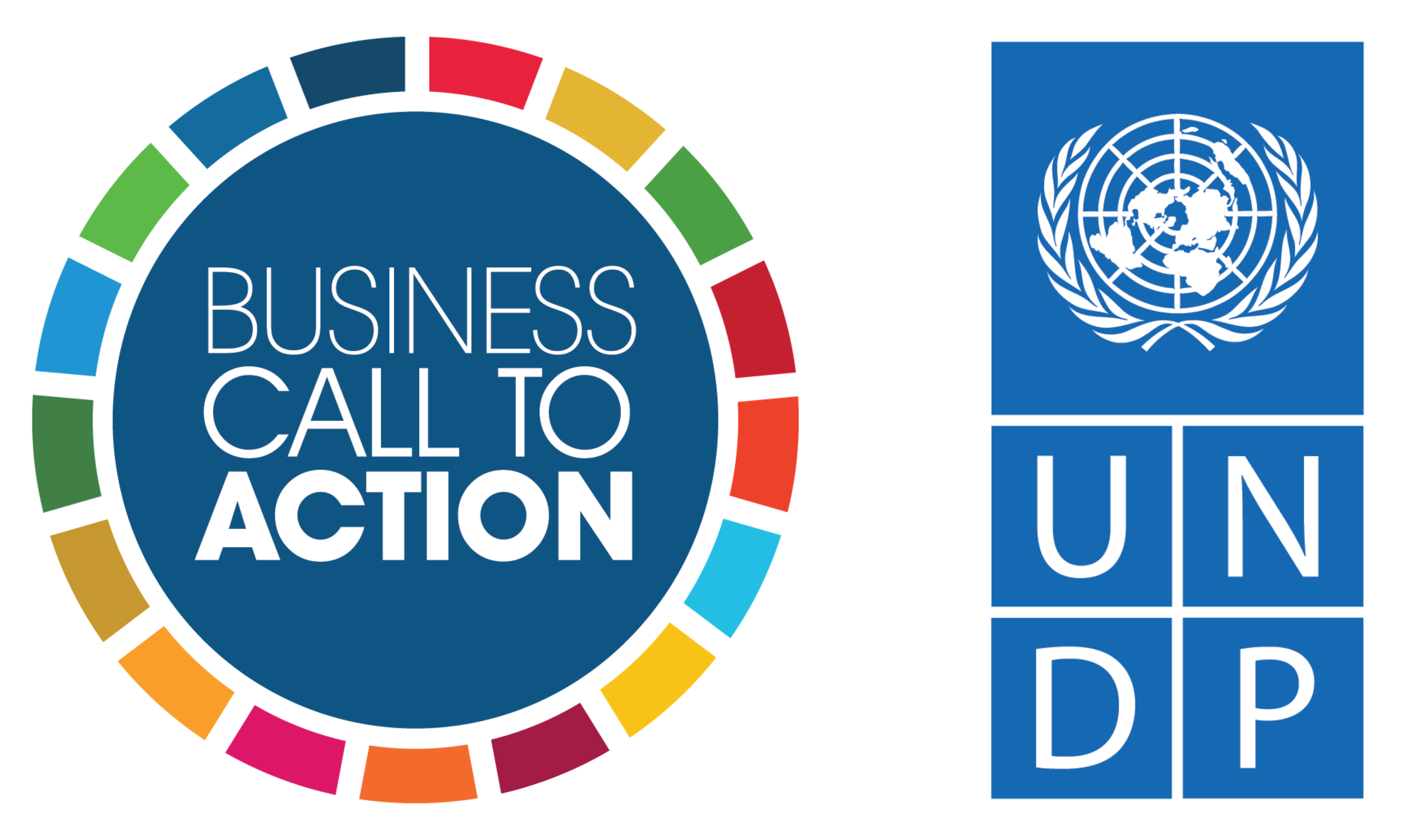Why we should rethink how to empower women in emerging markets
Envirofit created jobs within the enterprise, so that new recruits could put their energies into sales
For many living close to the poverty line - women particularly - entrepreneurship is a last resort, but one social enterprise is offering an alternative.
Lisa Charity Mwangi, 34, is a small business owner in Nairobi, Kenya. She wakes up early to get her kids off to school and then heads to her shop, a small roadside stand filled with cheap, nameless household goods and a few branded items too, some durable goods such as solar lanterns, improved cookstoves and other small appliances. She lost her job in the hospitality industry in 2008, and has been unable to find another, so her income depends on what she sells that day. Next to her are 30 other shops just like hers.
The women’s empowerment and development sector looks at female entrepreneurs like Lisa and sees potential. People working in this area believe that by providing her with training and funding to help expand her business they can also help move her out of poverty. Grant-makers often point to metrics such as “number of female entrepreneurs created or empowered”. They offer programmes that help refine marketing strategy, manage finances, and grow business. The higher the metrics, the better off women are, or so the thinking goes.
What these programmes can overlook is that starting, managing, and growing a business is hard work. While the goal of helping female entrepreneurs is laudable, it can miss the key question of whether people living at or just above the poverty line are entrepreneurs by choice, or by circumstance. Given the chance to have a job with a steady salary, incentives to perform and an opportunity to rise, would many female entrepreneurs still choose to run their own business?
Success v survival
“A large part of self-employment in developing countries reflects low-end, low-productivity, survival activity,” according to Ashwini Deshpande and Smriti Sharma’s study on entrepreneurship in India [pdf]: “Individuals who fail to get a regular job end up with low-paying self-employment in the informal economy as a last resort, rather than as a conscious decision to move away from wage employment and into entrepreneurship.”
There are many “independent survival” entrepreneurs at the base of the economic pyramid, and grants and initiatives often promote activities that foster female entrepreneurship as the key to poverty alleviation.
Five years ago, Envirofit – a social enterprise that sells clean cooking products and services (such as stoves that cook faster while reducing fuel use, smoke, and toxic emissions) – set out to challenge the sales culture in low and middle-income countries. The Envirofit women’s empowerment programme was founded on the belief that women, as primary users of cookstoves, must be involved in their design and distribution in order for them to be adopted and for women’s needs to be fully met. A study conducted in partnership with Johns Hopkins School of Public Health, in Baltimore, US, demonstrated that women given empowerment training could outsell men three to one, when looking at cookstove sellers in Kenya.
As the programme expanded, Envirofit recruited female entrepreneurs who owned existing businesses. They received empowerment and business skills training and ongoing support. Despite this, the sales results were dismal: one or two sales per month. The barriers to successfully selling stoves – including finance and logistics, transporting and stocking product, and selling branded appliances such as Envirofit stoves in shops filled with nameless, low-cost household goods – were too big to be overcome individually.
So Envirofit shifted its approach – from an entrepreneur-based model to one where jobs were created within the enterprise. This way, logistical barriers, delivery arrangements, and after-sales support could all be handled by Envirofit. The new recruits, having received empowerment training, could put all their energy into sales. The number of stoves sold increased to between one and three each day.
Stability first, entrepreneurship second
Although a lack of economic opportunity drives many women to survival entrepreneurship, they have access to the households in their communities – and this is something that the public, private and social development sector wants. This ability to reach and build relationships within their communities through so-called last-mile, in-home sales is a valuable resource that can go unrecognised.
In the energy sector, lighting and cooking companies have a pressing need to reach the last mile; they need women with these connections. However, programmes that focus on entrepreneurs tend not to consider how a woman can be empowered while simultaneously growing her business in a sustainable way.
To close the gender gap in the workforce and to overcome societal barriers, women still need support, mentorship, and training. And companies have a major role to play in creating job opportunities. Companies must go above and beyond to ensure that women have a chance to work in positions that may have traditionally been filled by men, and have opportunities to move into management roles. It is through these initiatives that women can move beyond survival enterprise and towards thriving business.
This article was written by Jessica Alderman. Jessica is the director of communications at Envirofit.
Content on this page is provided by Business Call to Action, and originally appeared on The BCtA Guardian Lab

